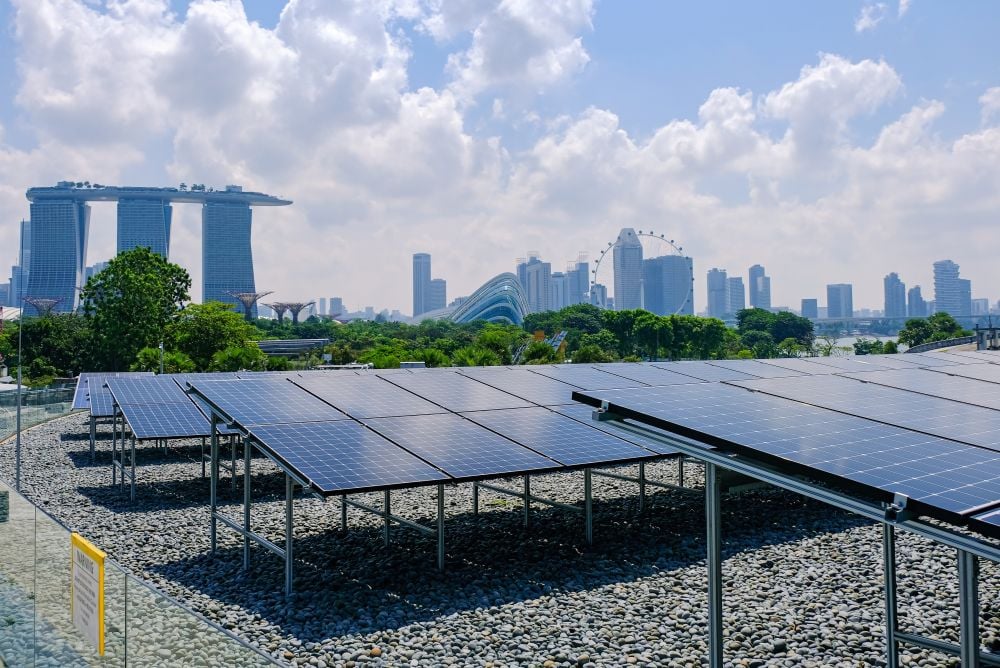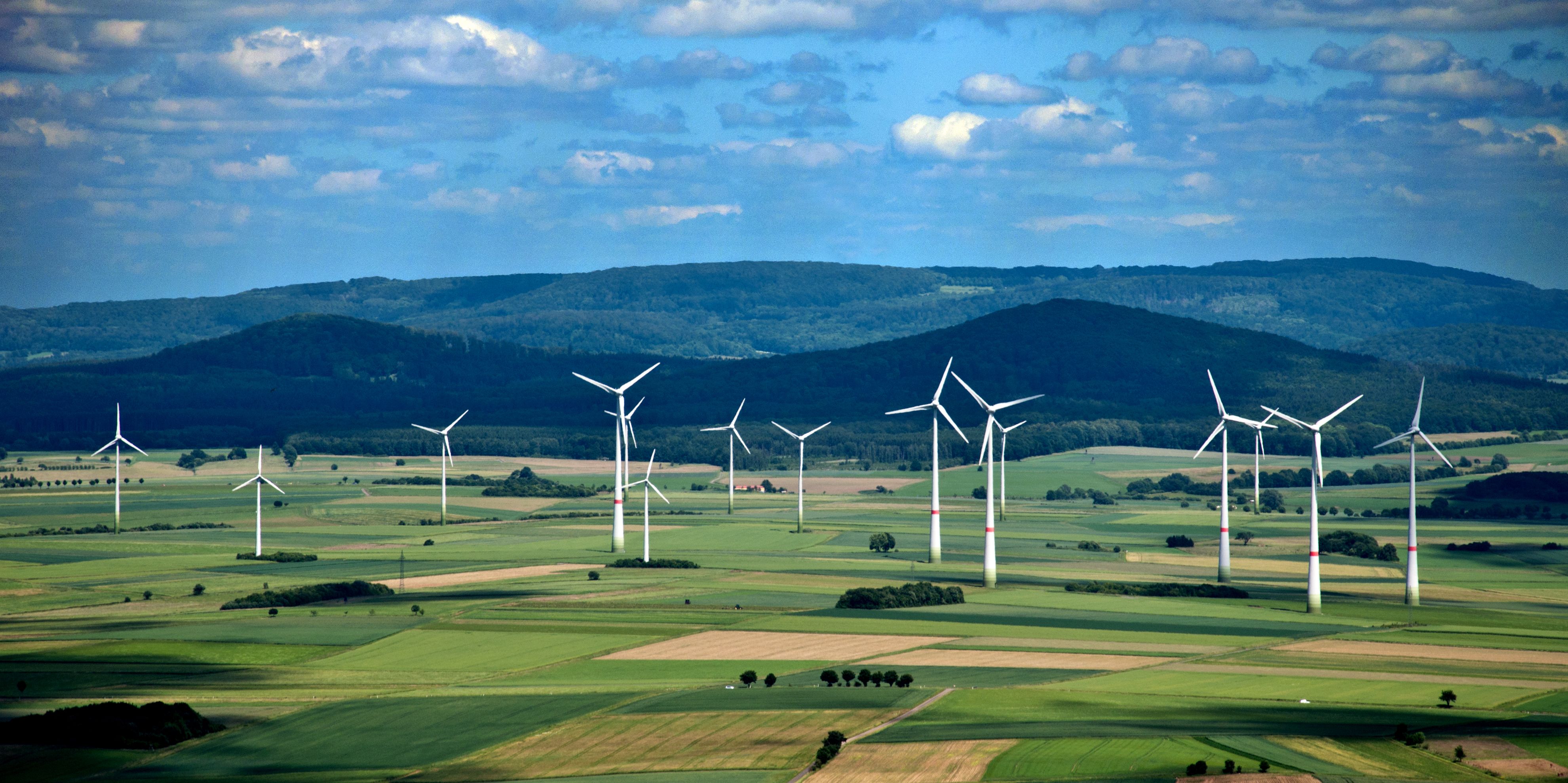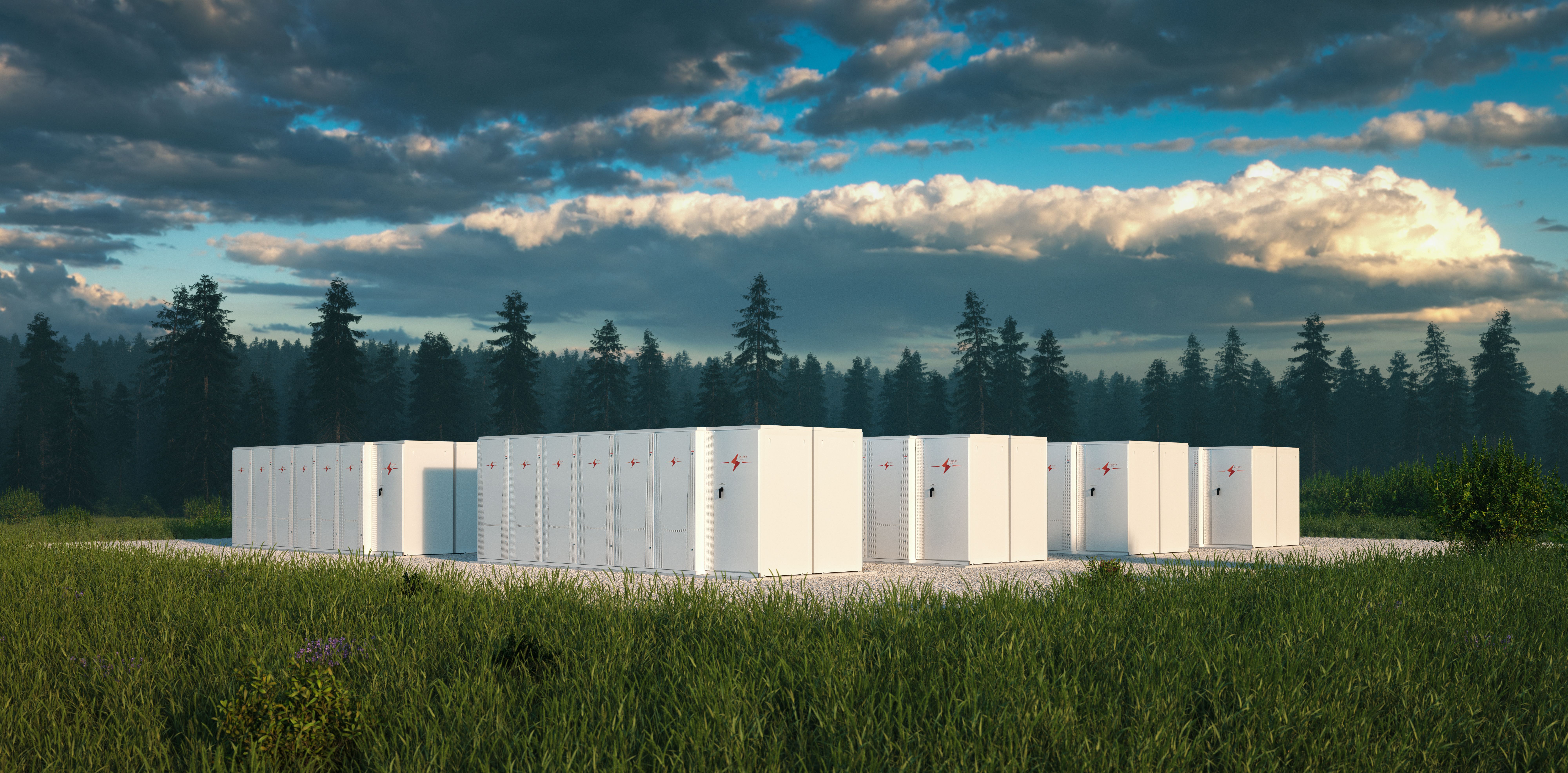Construction work on the Moracica bridge project in Montenegro is expected to be completed by April 2019.
The 960 metre bridge is being built by the China Road and Bridge Corporation (CRBC). This construction spans the Morača River Canyon, and is considered the most challenging section of the new 41 kilometre highway being built by CRBC, and financed with Chinese bank debt.
Some of the concrete columns supporting the bridge across the valley are as high as 160 metres. A further 19 bridges are being constructed along the new highway, which is the first phase of a planned 180 kilometre highway which will link the Adriatic port of Bar to Boljare at the Serbian border. A planned Serbian motorway will eventually connect Bar with the Serbian capital of Belgrade.
This first 41 kilometre phase is viewed as a priority and runs from Smokovac, which is close to the capital city Podgorica, then winds northwards to Matesevo. China Exim Bank provided a 687 million euro loan to cover 85% of the construction costs, but it remains uncertain how the next sections will be financed. The central section alone analysts insist will have limited economic impact, and has been criticized as the "highway to nowhere".
Alarm bells have been raised about rising government debt, notably from the Washington DC based Center for Global Development, which has published several articles that are highly critical of the BRI. However Chinese official media has pointed out that Montenegro's debt to GDP of 62.5% at the end of 2017 is below the average for the Eurozone countries. At present, Montenegro is outside the broader EU bloc of countries, though has stated its intention to join the EU.
As the biggest infrastructure project currently underway in Montenegro, the highway represents a key BRI project within the framework of the Co-operation between China and Central and Eastern European Countries (the so-called 16+1).
Some leading EU figures are unhappy about growing Chinese influence within the 16+1, and the EU has launched its own connectivity initiative, committing the region to developing better infrastructure. These moves come in parallel with ongoing talks for countries to eventually join the EU.
However, the rise of populist governments opposed to further EU expansion means many accession countries doubt membership will ever be achieved. As a consequence, they are open to developing stronger ties with China to aid infrastructure projects - even if this process causes irritation within elite political circles residing in Brussels.
Albania, the former Yugoslav Republic of Macedonia, Montenegro, Serbia (and Turkey which is not a 16+1 member) are all classified as candidate countries by the EU. Listed as potential candidates are Kosovo and Bosnia and Herzegovina.









